Aphrodite Fritillary Facts
- The evocative term of Aphrodite Fritillary serves as the most often employed common name for this beautiful species of Lepidoptera. It does have a few other general titles it’s known by, though. Those include Aphrodite Butterfly and Silver-spotted Fritillary, among others.
- Within the scientific world, however, it’s perhaps much better known by its purely technical designation. But, like many such epithets, that’s one that’s difficult for the layperson to pronounce. That’s because it invertebrate holds the official tag of Speyeria aphrodite.
- It received that distinctive moniker due to the efforts of Johan Christian Fabricius. The highly respected Danish zoologist accomplished the first formal recognition of it as a separate and distinct species. He achieved that scientifically noteworthy deed in the year 1787.
- For the moment, science knows of at least an astounding 12 confirmed subspecies of this remarkable creation of Nature and evolution. Each of these also shares the same general habitat range of the parent species. This frequently makes distinguishing them difficult.
- Fortunately, the beautiful Aphrodite Fritillary appears to be maintaining a population base that’s both stable and sufficient. That state also seems to hold true across the entirety of its range. The IUCN thus currently has no listing for it on the Red List of Threatened Species.
- The marvel of Nature and evolution nevertheless still faces multiple potential threats to its continued existence as a species. Like all forms of life on earth today, most of these stem from the actions of man. They include the closely related perils of habitat loss and climate change.
Related Articles
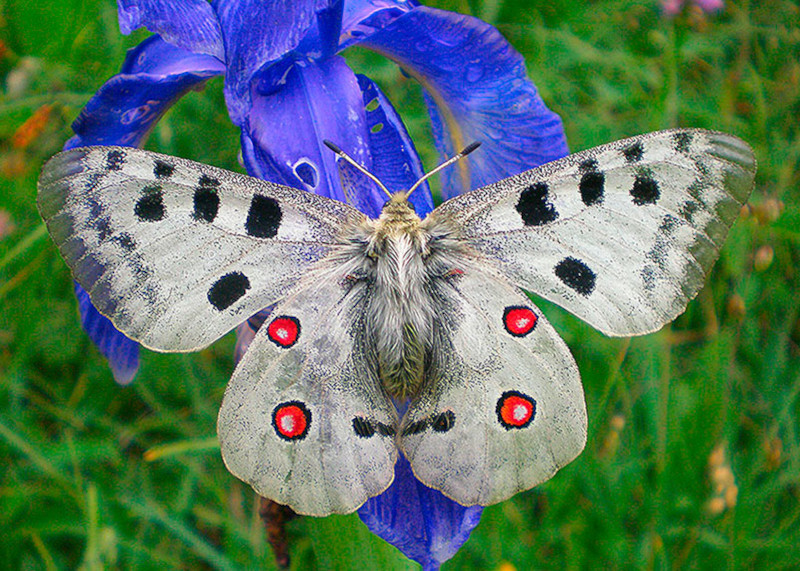
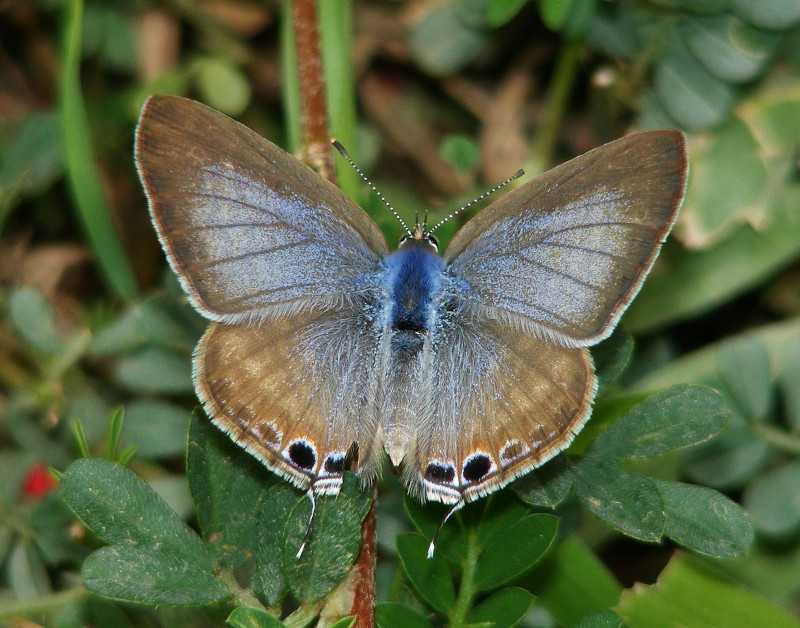
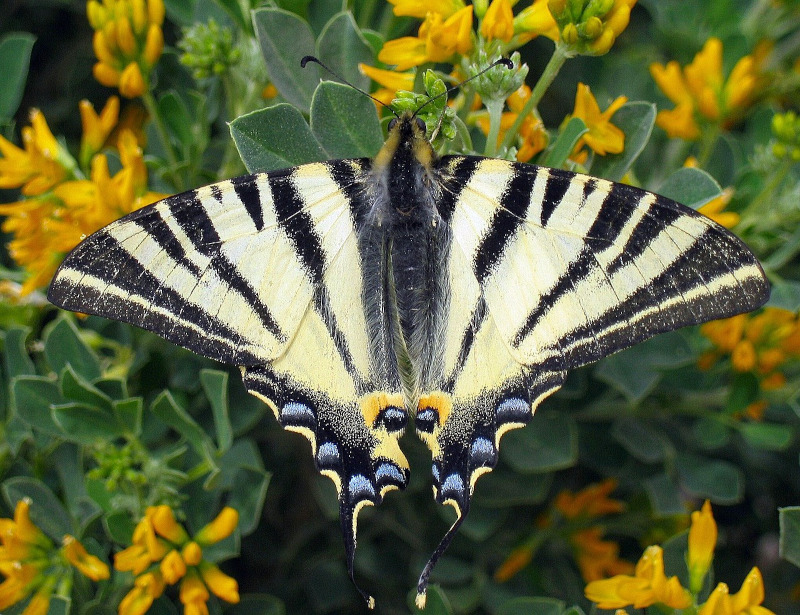
Aphrodite Fritillary Physical Description
The stunning Aphrodite Fritillary typically captivates those individuals fortunate to encounter one of these beauties in its natural environment. Unlike some species, though, it does so for several reasons. That’s due to the fact that it’s not only a lovely creature, but also boasts a respectable size.
The remarkable invertebrate also follows a pattern common to many of its relatives. That’s the fact that it displays a certain degree of the physiological characteristic of sexual dimorphism. In it specific case, however, that particular trait manifests itself in terms of both size and appearance.
Overall, though, the amazing Lepidoptera typically attains a wingspan averaging roughly between 2.5 – 4 in (6.4 – 10.2 cm). This ranks as the first of the gender-based differences. Females typically measure at the higher end of this range, while the males remain at the lower end of the same.
The body of both sexes of the creature presents approximtely the same general shape and proportions. Its thorax develops as fully robust and covered with fine, soft hairs, and typically brown or blackish. Yet, the abdomen remains slim and tapered, matching the color of the thorax.
The head, meanwhile, evolved as comparatively small and covered with fine hairs, with a pair of clubbed antennae that are black with orange tips. It has a long, coiled proboscis, used for feeding on nectar from various flowers. The legs also develop as slender and adapted for perching.
It’s the patterns of coloring in the breathtaking Aphrodite Fritillary that most often garner the greatest degree of attention, though. That’s also the other physical characteristic that separates the genders. Males generally manifest much more vivid and darker markings compared to the females.
The upperside of both the forewings and hindwings each primarily display as orange with black spots. This pattern includes several rows of black spots and lines, more concentrated near the margins. The spots vary in size, with those on the margins being smaller and densely packed.
The underside of both sets of wings of this wonder of Nature, though, evolved a vastly different pattern. Its forewings typically show a remarkable shade of orange-brown, combined with a series of very pale spots. Some of these markings also present themselves outlined in shades of black.
Impressively, the hindwings of the wonder appear more even striking. These develop with a brownish or yellowish base color, accompanied by a series of large silvery or pearly white spots. These frequently vary greatly in both number and size, but typically remain distinct and reflective.
- Kingdom: Animalia
- Phylum: Arthropoda
- Class: Insecta
- Order: Lepidoptera
- Family: Nymphalidae
- Genus: Speyeria
- Species: S. aphrodite
Aphrodite Fritillary Distribution, Habitat, and Ecology
The gorgeous Aphrodite Fritillary evolved as native to a moderately broad section of the surface of the earth. Precisely where that indigenous zone of habitation lies, however, probably won’t surprise many people. It’s a region already well known for its abundance of similar natural wonders.
The beautiful Arthropod developed as native to a certain range found within the confines of the continent of North America. There, the northern limits of its range reach southern Canada, including provinces like Alberta, Manitoba, Ontario, Quebec, and parts of the Maritime provinces.
To the south, however, it’s extensively widespread across the north-central parts of the United States. To the east, it ranges from New England and the Appalachian Mountains down to northern Georgia. In the Midwest, it is found in states such as Ohio, and across to the Great Plains.
In the west, its native range extends to the mighty Rocky Mountains and even includes states such as Montana, Wyoming, Colorado, and parts of New Mexico. The beautiful insect’s also commonly found in parts of the Pacific Northwest, including many regions in Washington and Oregon.
Across its broad range, this marvel of Nature and evolution clearly displays decidedly flexible preferences regarding its choice of habitat. It’s therefore found living within a wide range of local ecosystems. The insect nevertheless does display favoritism for several specific types of these.
It’s demonstrably quite fond of meadows and grasslands, or similar open areas with abundant herbaceous vegetation. Such settings remain rich in wildflowers, which provide nectar sources. These habitats often remain mostly sunny and have a various mix of grasses and flowering plants.
The butterfly’s additionally frequently seen in praries, and similar large, wide open, and either flat or gently rolling areas of native grasses. These settings serve similar purposes to meadows, but often measure significantly larger and with a particularly unique composition of grasses and forbs.
Many woodland edges and clearings also serve as common locations for the stunning small creature. These transitional zones between dense forests and open areas have their own appeal. They offer a mix of shade and sunlight, with diverse plant life, including flowers that it feeds on.
It’s even recorded as being present in areas of both alpine and sub-alpine meadows. It seems surprisingly fond of the high-altitude grasslands found in such mountainous regions. Here it also finds cool, moist environments with a short growing season and a diverse array of flowering plants.
The larvae of the amazing Aphrodite Fritillary feed primarily on the leaves of violets. They’re also almost exclusively nocturnal feeders, hiding during the day and emerging only to feed at night. The adults primarily feed on nectar from a variety of wildflowers, including many milkweeds.
After mating, the females lay eggs singly, typically either on or near host plants, usually the same violets the larvae later feed on. The eggs themselves are small, spherical, and pale in color. Both larvae and adults are preyed on by various predators, including birds, spiders, and other insects.
Species Sharing Its Range

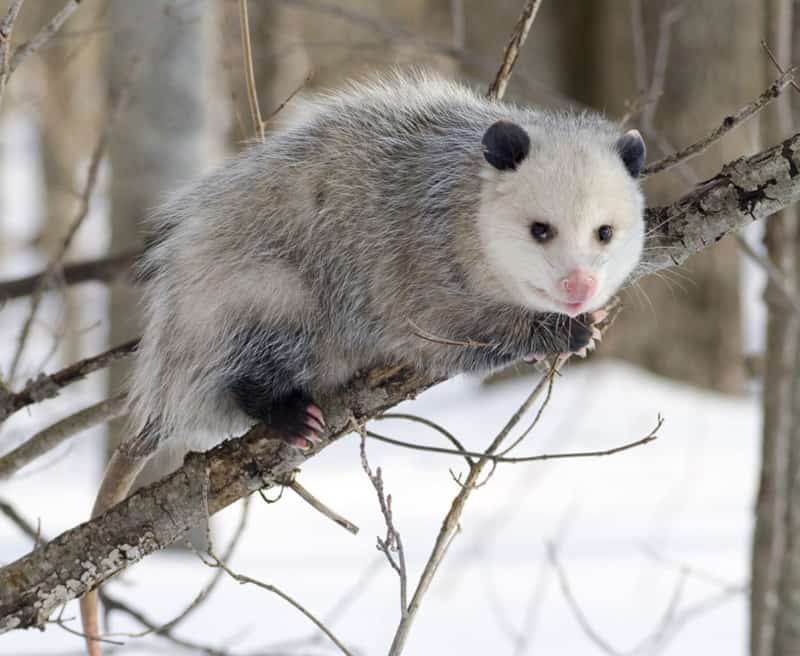
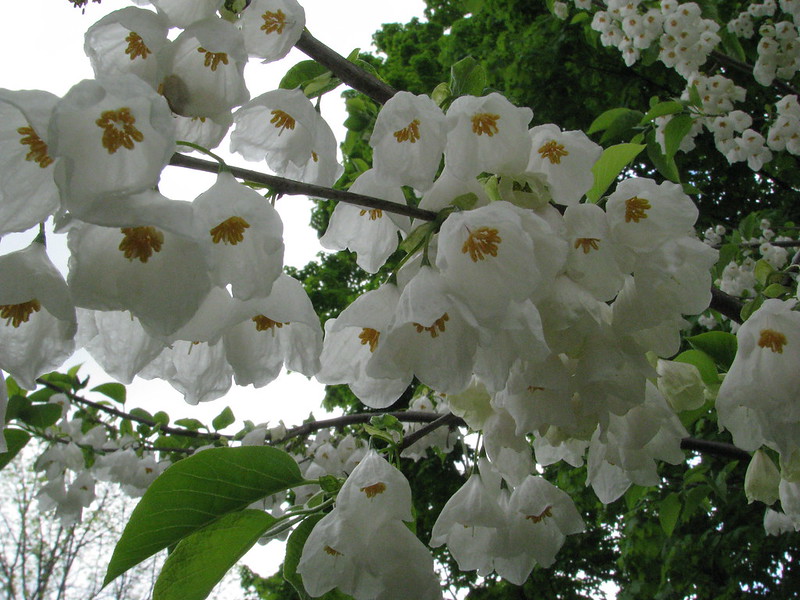
Check out oour other articles on 5 Charming Connecticut Insects, Rough-toothed Dolphin, Gobi Desert, Rose Myrtle, Oceanic whitetip shark, Fire Salamander, European Hornet, Orinoco Crocodile
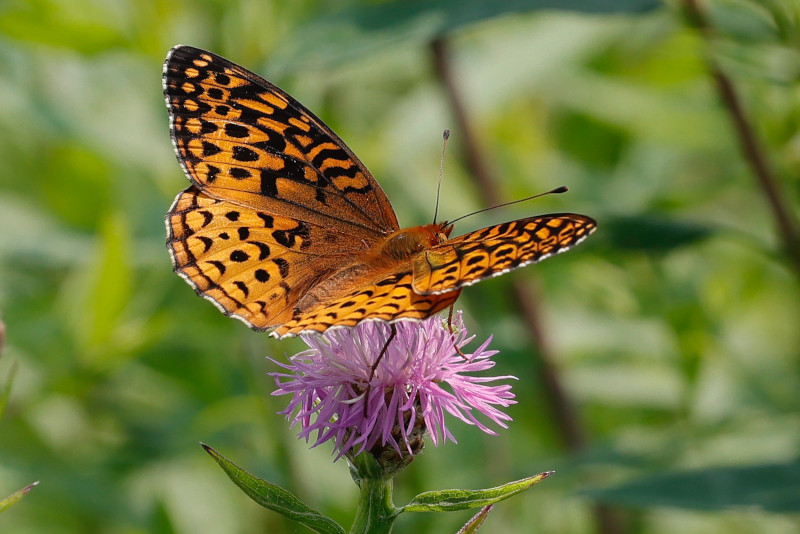
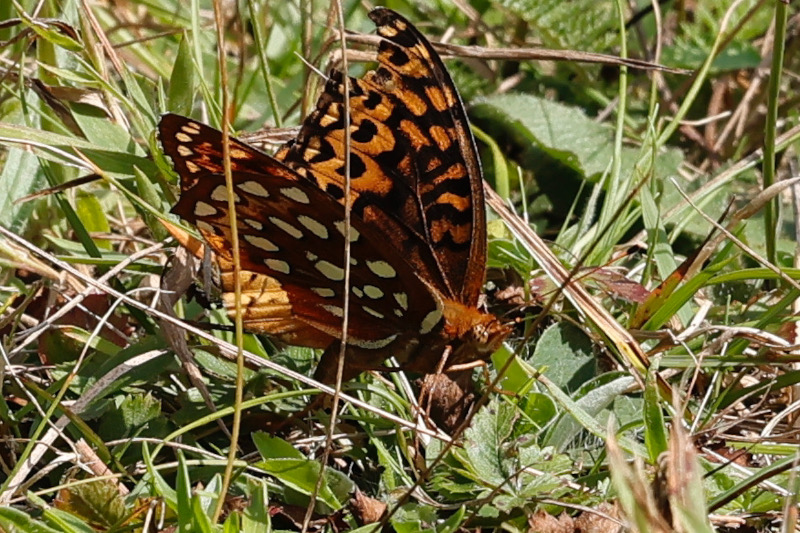
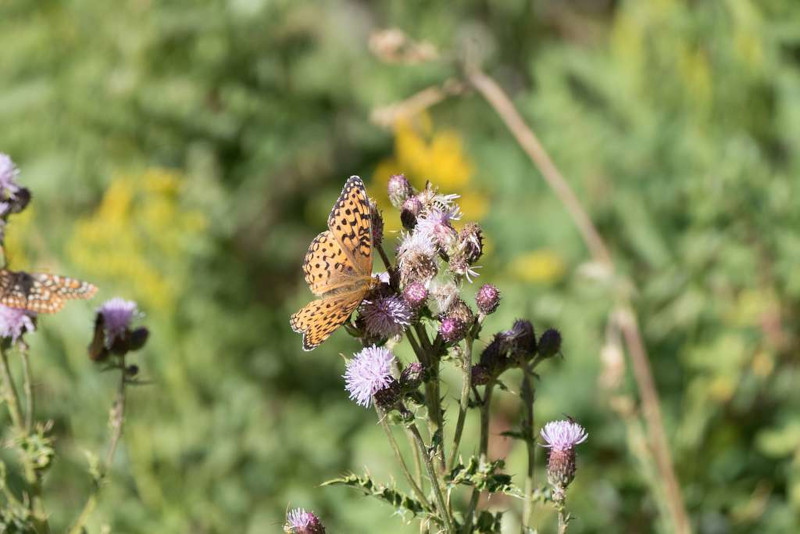









Leave a Reply